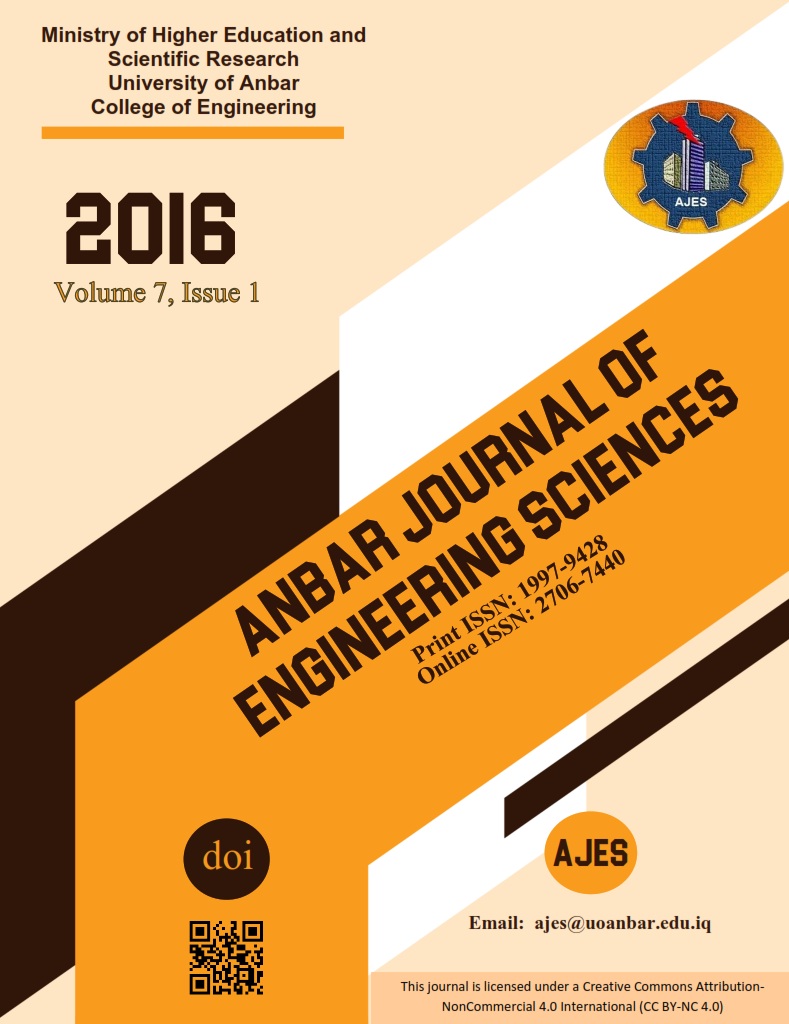Abstract
Initial delineation of prospecting zones of groundwater was conducted in the present studyusing remote sensing and geographic information system (GIS) techniques. It has been preparingan integrated geographic database of spatial and non-spatial data for the study area. The spatialdata were generated by using image processing software (Erdas 8.3) and GIS software (Arc view3.3) enhanced by real frequent field visits of the study area. These data include: surface featureswhich give a direct and indirect indicators of the existence of groundwater and affect to thegroundwater movement such as hydrogeomorphological, drainage density, slope, landuse andsoil maps. The non spatial data were derived primarily from real views during field visits to thestudy area and from the existing writing or previous studies. All the data generated were saved inthe GIS databank for the purpose of digitization, computational and generate the best possibleoutput results to determine the extent of possible areas where the water that exists for the purposeof prospecting. Results showed that more areas could be have very good categories of prospectzones are the southern parts of the study area, which covers about 375 Km2 while the northernareas, which covers about 164 Km2 of the study area are grouped as runoff zone. Accordingly thepossibilities of the presence of groundwater are poor to negligible in this zone. The current studydemonstrated that a remote sensing and GIS technique are very effective tools that can give theinitial predictions on the presence or probability of the presence of ground water in areas whichhave the same considered geological deposits for the study area.
